15 Engaging Community Building Activities for the Classroom
“We’re in this together!” is a phrase we all like and need to hear. Not only that it says that we’re supported and can rely on other people, but it also makes us feel understood, safe, accepted, and thus, empowered to contribute to the relationships with our “supporters”.
A community classroom is precisely that – a place where students feel accepted, loved and connected to their peers and teacher, so they feel motivated to change, grow and learn.
According to experts, community building is the foundation of a happy classroom. For students to be productive learners, they need a sense of belonging, as their emotional and social development is deeply connected to their learning. When young students enter the classroom for the first time, they actually enter a new community away from their family, so it is essential for them to feel both empowered and invested. Or in other words, a great deal of students’ energy for learning comes from their social connectedness.
As a teacher, you can try different community building activities and strategies that will help you create a belonging classroom for your students. Understandably, these may be conditioned by students’ age group, i.e. grade, however, they all focus on facilitating both students’ and teachers’ skills that are crucial for problem-solving, interaction, and teamwork.
Community Building Activities for Elementary Students
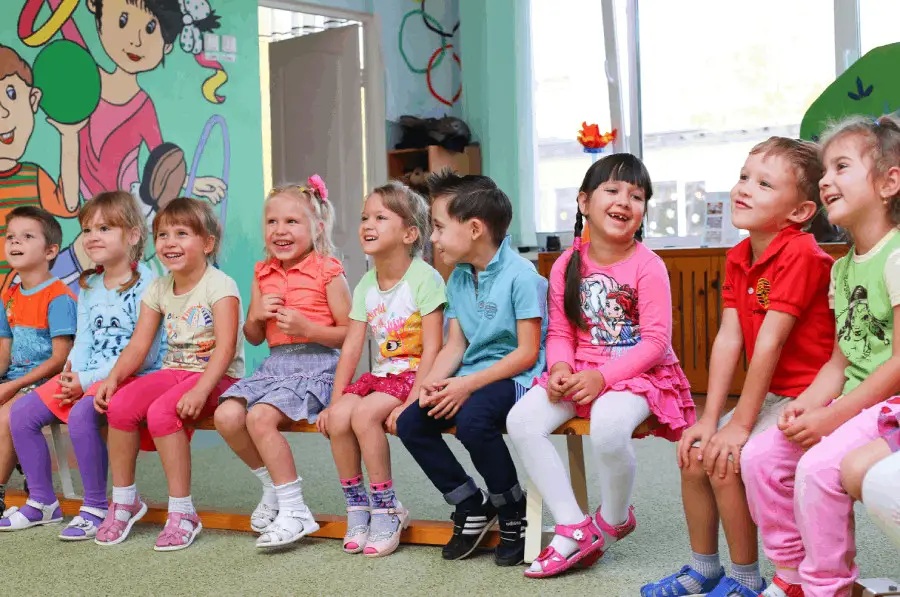
When it comes to young students in elementary school, it is utterly important for teachers to get to know each child and set the foundations of trust and familiarity. You can play games or do projects that focus on the development of these aspects, but you can also make discussions where children can express their opinions and demonstrate who they are to their peers.
These community building activities will encourage students to work together, communicate, listen and think creatively.
Storytelling Round Robin
For this, community building activity, you’ll need a story of your preference. Have students seated at their desks and then start the game by reading the first line of the story. Then stop and tell each student to add a new line to the story, one by one, as they’d imagine the story continues.
For example:
Teacher: Once upon a time…
Student A: …there was a squirrel…
Student B: …its name was Pirri…
Student C: …and she loved peanut butter cookies…
Keep doing this until every student gets a turn.
Additional idea: Write the story down and save it. Repeat the activity a few times throughout the year and create a printed storybook that you can give to your students at the end of the school year.
Co-Created Rules Chart
Bring materials for creating a fun and colorful chart poster for the classroom and gather your students for this team activity. Discuss what makes them feel nice and happy in the classroom, and then explain why following rules is important for everyone.
Guide your students in creating a chart of classroom rules together with you. Give each child a turn to suggest a rule. Write down the rules and leave a replaceable blank line under each rule (you can use an adhesive write-on strap).
Explain to students that each time a rule is broken you’ll draw a frowned face under it. Change the tape every week and save it to count the frowned faces at the end of the month. Reward students if there are no more than 5 frowned symbols per month.
Birthday Line Up
This is a fun and energetic activity. To prepare students for this activity, make sure they know the order of months and their birthday. The goal is to line up the students in order of their birthdays, starting from January to December. Tell them to go around and ask each other about their birthdays to figure out the order they need to make. Add an extra challenge by telling them to do it with pantomime instead of talking.
Kind Mondays
This activity will teach students about the importance of encouraging and lifting their peers up. Start every school week by sitting with your students in a circle with their legs straight. Tell your students to compliment the classmate opposite them, say why they are good friends or what they like most about them.
Each time a student receives a compliment, they cross their legs. Make sure you change students’ positions and pair students that are not very close as friends to make them more interested in one another positively.
Creative Solutions
Choose four random items and think of fun, challenging scenarios that you will later read to your students. Split your students into teams and present the scenario that each team will have to solve only with those four items.
For example:
You’re trapped in the jungle with Captain Hook…
If you need more resources to engage your young-aged students, look at these warm-up activities for kids.
Community Building Activities for Middle School Students
The quality of the social and academic achievements of middle school children becomes better when they feel that they belong. Considering that middle school is a transitional period and the very beginning of puberty, it is important that teachers incorporate activities that will help students of this age feel accepted and active in their learning environment and thus cultivate their sense of belonging.
Step into My Shoes
Learning about diversity can be fun and very helpful for students to learn how to interact and relate with people who are different from themselves.
Prepare a reading sheet with scrambled letters (free download below) and hand out a copy to each student. Ask for students to read the sheet aloud. After students have struggled reading, read the full text from the answer sheet. Ask students how it felt to read this and explain that this is how people with learning disabilities usually feel despite their intelligence (dyslexia, dyscalculia).
Ask students if people with learning disabilities can make important contributions to society (give examples- Walt Disney, Albert Einstein, Tom Cruise). Conclude that people with learning disabilities have similar feelings to the ones they’ve experienced.
Walk Apart-Walk Together
With this activity, you will help students recognize differences among peers and the similarities they share. Ask two volunteers to come forward and stand back to back. Ask other students to call out things that are different about the two volunteers.
For each difference, the volunteers take one step away from each other. When they finally reach the end of the walking space, tell them to turn and face each other. Next, tell students to call out similarities of the two volunteers. The volunteers take a step toward each other as each similarity is listed. Talk about the differences that are easy to see and mention but also the similarities that are sometimes not visible (interests, goals, preferences).
Anti-Bullying Campaign
Ask students to give examples of bullying behavior and then inform them about the possible consequences, like low grades, health issues, depression, etc. Tell students that you’re going to create an anti-bullying campaign together and present it to other classes in the school.
Divide students into 3 groups and tell them to think of things that demonstrate kindness as opposite to bullying behavior. Write them on the board.
Then give them the following tasks: creating an anti-bullying poster with messages that encourage nonviolent behavior, a song or YouTube video with a message against bullying, writing anti-bullying and pro-kindness tear-off messages, and creating anti-bullying memes and hashtags. Present these in front of other classes and spread the campaign in your school.
Paper Tweets
Create a bulletin board modeled according to a social media profile (e.g. Facebook or Twitter). Each student creates a profile and includes at least three followers- a close friend and two other classmates they don’t interact with much. The student writes their current mood, a problem or news and their followers respond.
After-School Hangouts
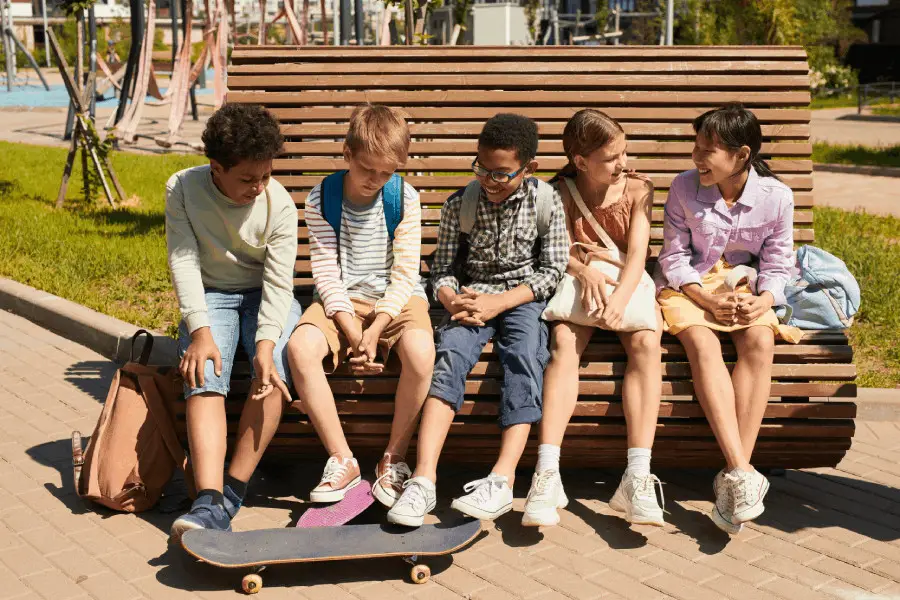
Make sure you schedule a monthly informal after-school gathering where you’d invite both parents and students. If the weather is nice, you can do this in the schoolyard or even have a picnic in the park, for example.
Tell students that they can bring food or drinks if they want and share them. Bring a portable speaker and play some relaxing music while chit-chatting together. This type of activity allows teachers, students, and parents to interact on a different level and build deeper connections.
Community Building Activities for College School Students
Building a community in the college environment can be challenging and require creative thinking. Most college students are commuters or have jobs, so college instructors ought to focus on activities that will build community among students and within the classroom.
Two Truths and A Lie (Icebreaker Activity)
Students write down two truths about themselves and one lie. Then they present the three “facts” to the rest of the group, who tries to guess which one is the lie.
Weekly Class Meetings

Meeting and talking for 15 to 30 minutes with your students at the beginning of each week is one of the simplest but effective ways to build classroom community. And it doesn’t need to be complex or specific, just ask how everyone is doing, what are their goals for the week, and what they’re doing to meet those goals. This also works via Zoom in times of COVID-19.
Gratitude Journal
Thinking about and expressing gratitude is a fun and mindful community building activity for older students. Ask your students to create a gratitude journal and write 5 things they feel grateful for at the beginning or end of the class. Ask students to share what’s on their list.
I Wish My Teacher Knew…
Though college students are adults, they might not always feel encouraged enough to speak out in the classroom and share their opinion about things. This activity will give them a voice and value their perspective.
Create printable comment cards that read, I wish my teacher knew… with a blank line for students to fill out. Hand out the cards to students who can return them anonymously, and then you can read them aloud.
Compliments Ritual
Students like to hear that they’re doing well or that someone believes in their potential. Create a ritual at the beginning or at the end of the class where students would stand in a circle and give compliments to each other to recognize their work and positive traits.
Here are even more activities that are perfect for engaging teenagers.
Wrap up
Community classrooms can effectively impact students’ personal development and provide stronger motivation to learn. Studies have shown that community classroom students more often state that at school they feel at home or that they care about their classmates. And that, to conclude, results in greater social competence, higher educational expectations, and stronger problem-solving skills.
If you want more tips on how to improve your classes, you can look at many other activities for your students of every age here.
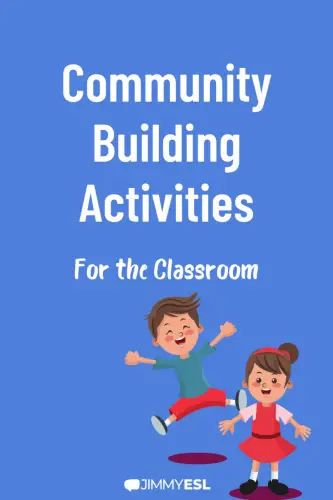
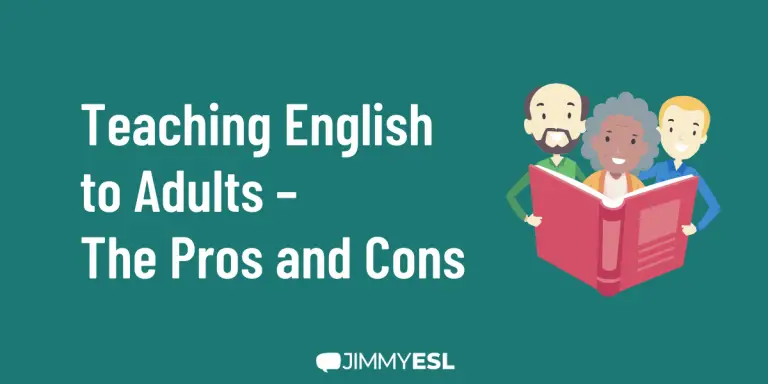


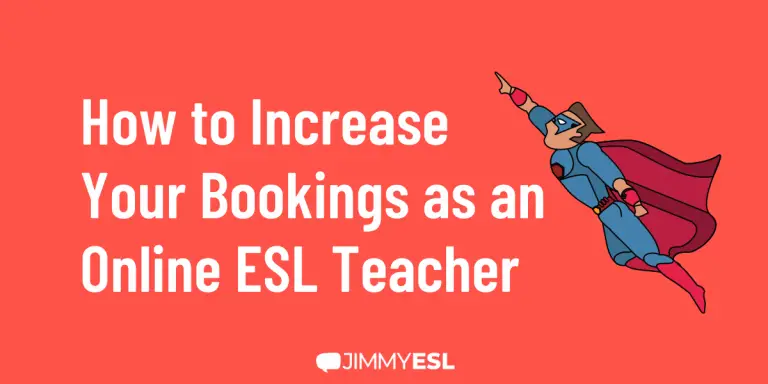

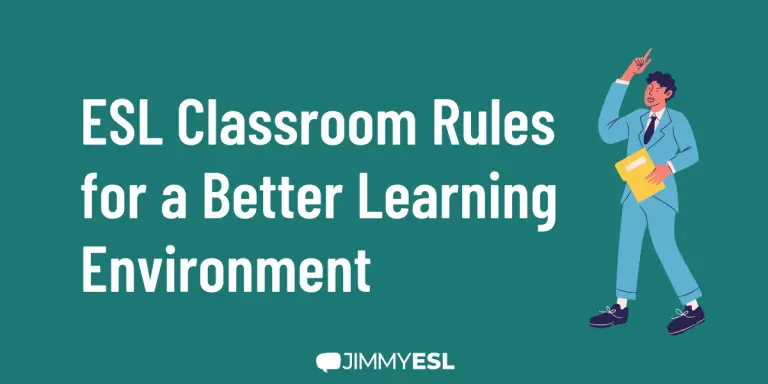

Thank you for providing such a positive list of activities to help adults assist children in building a community they can grow with.